
26-12-2025 21:19
Arnold BüschlenPithyella challaudii Pirou. Ist als Bryoparasit in

24-12-2025 17:08
Hulda Caroline HolteHello, I have found this propoloid ascomycete on

21-12-2025 09:32
Hello.A tiny ascomycete found embedded in wood in

21-12-2025 21:32
Pol DebaenstHello, Garden, Burgweg 19, Veurne, BelgiumOn 10/1

22-12-2025 23:38
Patrice TANCHAUDBonsoir, récolte sur un mur en pierre, apothéci
Hello forum
I found these minute inmersed fr.bodys on leaves of Carex sp. on a very wet place. The pale lips of the fuitbodys are never fragmented and the hymenium is very pale too. The fusiform asci seem to have a little apical apparatus IKi dirty red, and the ascospores a 3-septate only visible in IKI
I think this fungus could belong to the Naeviaoideae, but I'm not sure
What's your opinion
Thanks again

is the inner margin composed of periphysoids? (horizontal hyphae forming a palisade)?
I have no idea. With my database I have only
Phragmonaevia hysterioides Ellis & Ellis p. 529
but that has very elongate apothecia.
Zotto
Hi Zotto
Unfortunately I don't know how the margin is because I cannot cut it by the very snall size of the apothecia. By the way, today I heve seen the flower of this plant and I know it is not Carex but Iris pseudacorus!
This looks very like Karstenia inconspicua, a taxon I described on Deschampsia caespitosa leaves from north Argyll in Scotland.
The species was published in Mycologist Vol.13 Paret 4 in 1999.
The structure was very basic: just a few layers on textura angularis. Spores 3-septate at maturity, 10-12 x 2-3. The fungus was very difficult to see as it as concolorous with the dead leaves.
Hope this helps,
Peter Wilberforce

The description of K. inonspicua is indeed similar, except for the much smaller spore size. The total absence of periphysoids in that species make me wonder where it belongs. Karstenia is impossible because there the paraphysoids are very developed. Cryptodiscus could be another choice, but also there periphysoids are present though only above the hymenium. In both genera the entire hymenium always reacts heimamyloid (strikingly blue in iodine after KOH-treatment). Enrique's specimen seems inamyloid except for the apex.
So I think the fungus is helotialean rather than ostropalean.
Zotto

did you consider Laetinaevia longispora? It obviously occours on a variety of alpine herbacious stems. I personally have no idea of the macroscopy of this species.
Here is the description by Hein 1976.
Best regards
Martin
Postal address is 8 Feryfield Road, Connel, Oban, Argyll, Scotland PA37 1SR
Regards,
Peter

Zotto

as I said: I have no idea of the appearance of. L. longispora. It was just a proposal...
Are there Diplonaevias with septate spores?
Regards
Martin

Diplonaevia species are mainly non-septate or sometimes 1-septate (Hein 1983), see alo in Cubby. But Enrique's fungus might anyhow belong in that genus.
Zotto
Many thanks to all.
Hi Peter I'll send you my material for to try the section
Thanks!
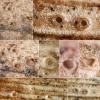
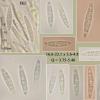
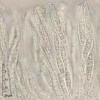
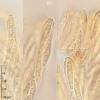
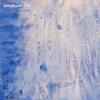
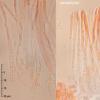
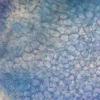
 Karstenia-0001.pdf
Karstenia-0001.pdf